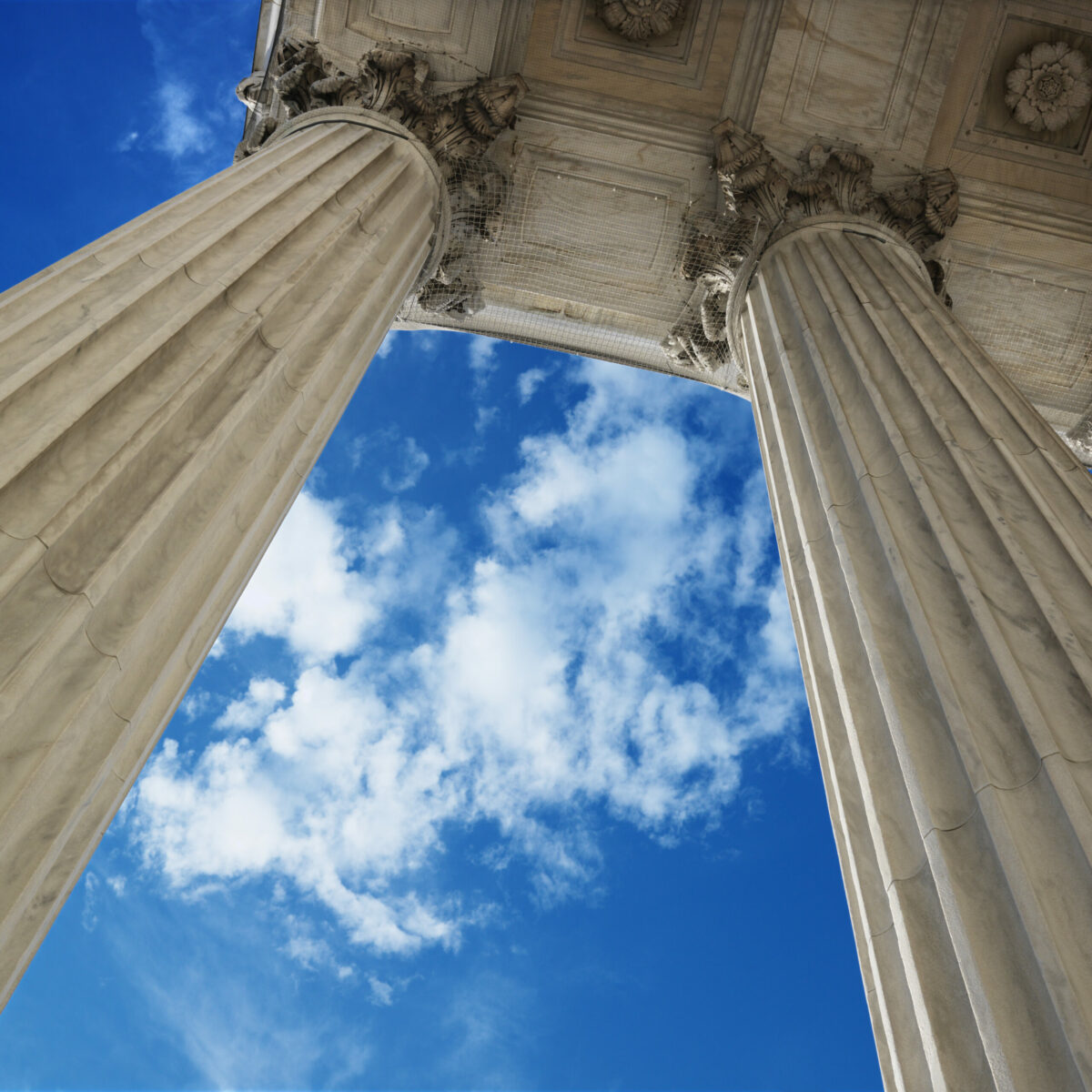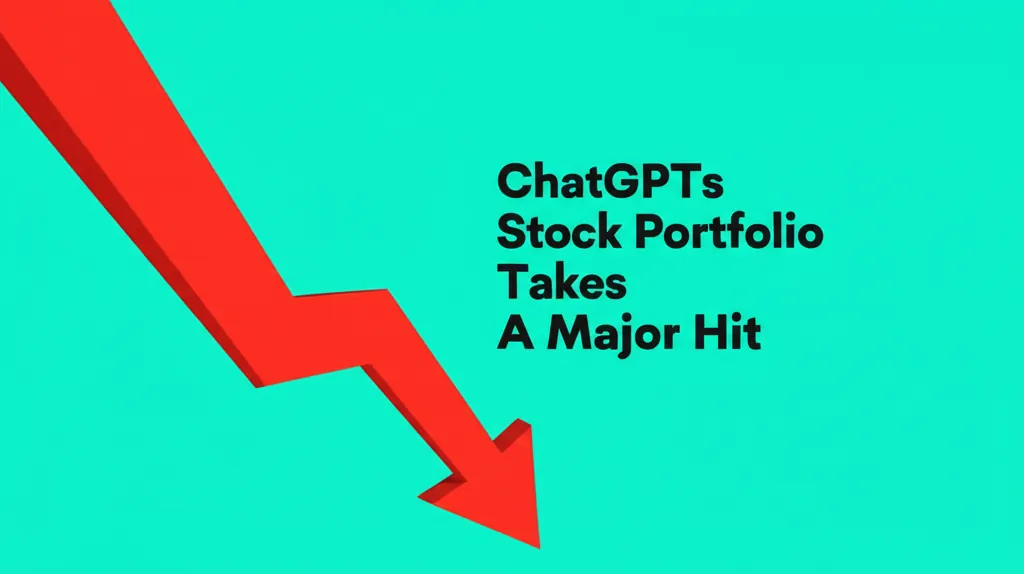Developer Offer
Try ImaginePro API with 50 Free Credits
Build and ship AI-powered visuals with Midjourney, Flux, and more — free credits refresh every month.
AI Art Copyright Debate Reaches The Supreme Court
The Supreme Court Faces a Landmark AI Copyright Question

A pivotal debate over the future of creativity and technology has arrived at the steps of the U.S. Supreme Court. On October 31, a coalition of professors and researchers, including Shlomit Yanisky-Ravid and Lawrence Lessig, filed an influential amicus brief. Their goal is to support Dr. Stephen Thaler’s petition urging the Court to recognize copyright protection for works generated by artificial intelligence. The brief makes a powerful claim: “Excluding AI-generated works from copyright protection threatens the foundations of American creativity, innovation, and economic growth.”
The Heart of the Case: Thaler vs. The Copyright Office
At the center of this legal battle is Dr. Stephen Thaler and his AI system, the Creativity Machine. Thaler sought copyright protection for an image titled “A Recent Entrance to Paradise,” which was autonomously created by his AI. The U.S. Copyright Office denied the application, stating that the work lacked the necessary human authorship.
In his petition to the Supreme Court, Thaler argues that the Copyright Office is mistakenly focused on humanity as a prerequisite, when the Court itself has defined originality as the true cornerstone of copyright. He warns that a strict interpretation requiring a human hand would jeopardize copyright for many photographs and other works that rely heavily on technology. To add a layer of legal complexity, Thaler has also requested the Court to hold his petition until related cases concerning the authority to appoint and remove federal officials are resolved.
Academics Weigh In: The Stakes for US Innovation
The professors’ brief contends that the lower court’s ruling, which upholds the human authorship requirement, disregards the “spirit of the Copyright Act.” They argue that this case is an opportunity for the Court to clarify the law and prevent administrative agencies from stifling creativity. By establishing a framework for protecting AI-generated works, perhaps through doctrines like “work-made-for-hire,” copyright law would better align with its constitutional mission to promote progress.
The economic implications are staggering. The brief highlights U.S. Chamber of Commerce data showing that core copyright industries contributed over $3.37 trillion to the U.S. GDP in 2023 and employed more than 21 million people. With corporate AI adoption on the rise and generative AI projected to add trillions to the economy, the legal framework for protecting AI creations is more critical than ever.
Economic and Societal Impacts of Denying AI Copyright
The current guidelines from the Copyright Office have created significant legal uncertainty, which disincentivizes innovation. The brief points out that these “sufficient human authorship” rules are unworkable in practice. For instance, in the case of Allen v. Perlmutter, even over 600 detailed prompts demonstrating creative control were deemed insufficient for copyright.
Failing to protect AI-generated works could also deepen inequality. It would disproportionately harm individual creators and small businesses that use AI to compete with larger entities. On the other hand, copyright protection could be a great equalizer, especially for artists with disabilities. The brief mentions Sean Aaberg, an image designer who was able to continue his career using generative AI after a stroke, as a prime example.
Looking to the Past: Legal Precedent for New Technology
This isn’t the first time the Supreme Court has had to adapt copyright law to new technology. The amicus brief draws parallels to historical cases where the Court embraced progress. In Burrow-Giles Lithographic Co. v. Sarony, the Court extended copyright to photographs, recognizing the photographer's creative vision even though a machine did the capturing. Similarly, it expanded protections for chromolithographs and later adapted the fair use doctrine for software code in Google LLC v. Oracle America, Inc. The professors argue that AI is the next technological frontier that requires a similar forward-thinking interpretation.
The Global Race for AI Leadership
The brief also includes a comparative analysis, warning that the United States is lagging behind other countries that have already started to recognize and protect works created by AI. Without a clear legal path to copyright protection, the U.S. risks a brain drain, losing investment and creative talent to nations with more legal certainty.
The authors are urging the Supreme Court to take up the case and clarify that AI-generated works are eligible for copyright. The decision will be a defining moment, determining whether the U.S. will lead the next wave of AI-driven creativity or fall behind.
Compare Plans & Pricing
Find the plan that matches your workload and unlock full access to ImaginePro.
| Plan | Price | Highlights |
|---|---|---|
| Standard | $8 / month |
|
| Premium | $20 / month |
|
Need custom terms? Talk to us to tailor credits, rate limits, or deployment options.
View All Pricing Details

